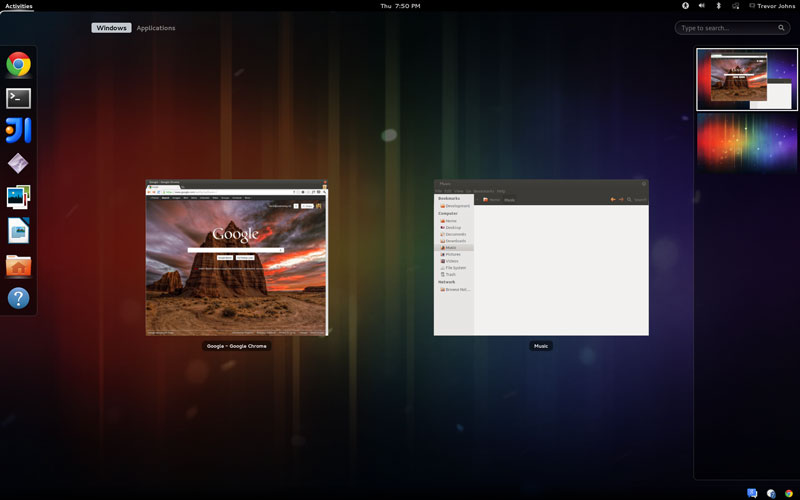What Killed The Linux Desktop: An Outsider's Perspective
There’s been a fair bit of recent discussion over a post from Miguel de Icaza on “What Killed The Linux Desktop”. Linus Torvalds called much of the argument bunk on technical grounds. But that doesn’t change the fact that Linux on the desktop is not living up to its full potential – but not for the reasons mentioned.
To start, look at tablet sales. Estimates I’ve seen say that there will be more tablet sales than PCs by the end of 2013.
For a long time, I think many in the community have attributed Linux’s slow desktop adoption on inertia. “Windows users won’t switch. Old habits die hard.” If that’s true, why are tablets – which almost exclusively don’t run Windows – able to succeed?
Tablets are targeting the soft underbelly of the PC industry: home users. These are the folks that don’t particularly care if they have Microsoft Office or not. They don’t care if their obscure AS/400 emulator runs perfectly.
They care about usability, and they care about content.
Usability has never been a strong point on Linux. Installation has improved, but when things still go wrong it’s a nightmare. Compare the Windows Device Manager with the dark caverns of /etc. It’s not just the system architecture at fault; have you seen the default program list on most systems? “Gwibber” and “Gimp” might be fine programs (well, let’s reserve judgement on Gimp), but those names mean nothing to a new user not initiated in the free software lexicon.
Content is even more dire. I’m no fan of DRM, but we’ve created an environment so hostile to content creators that no media company will touch Linux with a ten-foot pole. It would be awesome if I could watch Netflix, like I can on every other device I own. It’s a problem on the software side too – high-quality games are crucial to the appeal of a platform. (Sorry Tux Racer, but you’re no Angry Birds.)
There’s good news though. Despite all the criticism it’s received, I really do think that things are going in the right direction. is a step in the right direction. In particular, I’ve been using Gnome 3 for a couple weeks, and I think it’s the first time since OS X I’ve really felt excited about a desktop platform.

There’s an almost Apple-esque attention to detail; little things like the rounded corners at the top of the screen and having the system clock display my daily schedule. I could rave about how brillaint the Activities menu is (it’s Apple’s Mission Control and Spotlight all tucked into one hotcorner – Paul Fitt would be proud.)
And on the content front, Valve is porting some of their games to Linux. Techincally it’s a hedge against the “catastrophe” which is Windows 8, but it’s still a big win for Linux. If things go well, it could help convince other developers to follow suit.
Speaking of Windows 8, it’s such a radical change that I expect to see quite a few PC users contemplating alternatives in the months following the release. This is a great opportunity for open source, but that doesn’t mean things are gong to get any easier. There’s still a lot of work to do.
